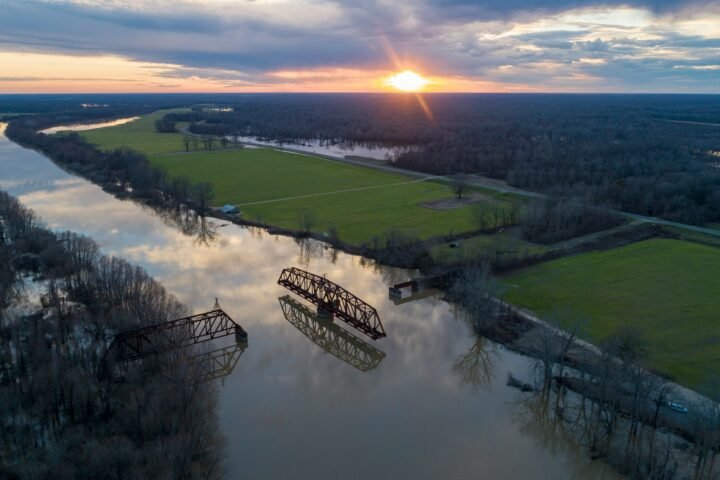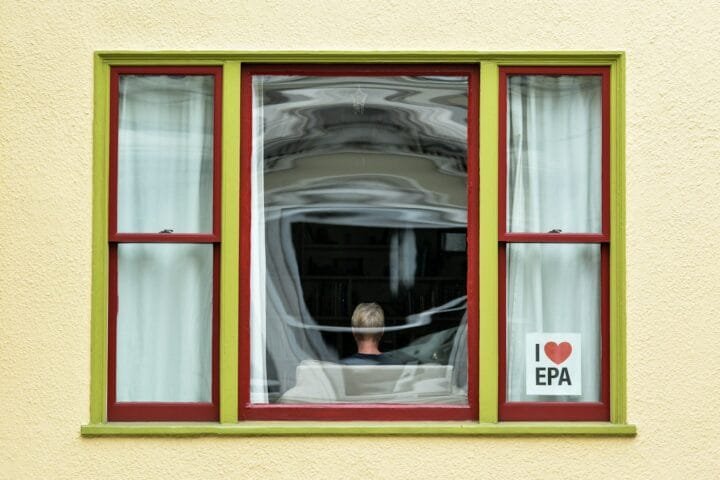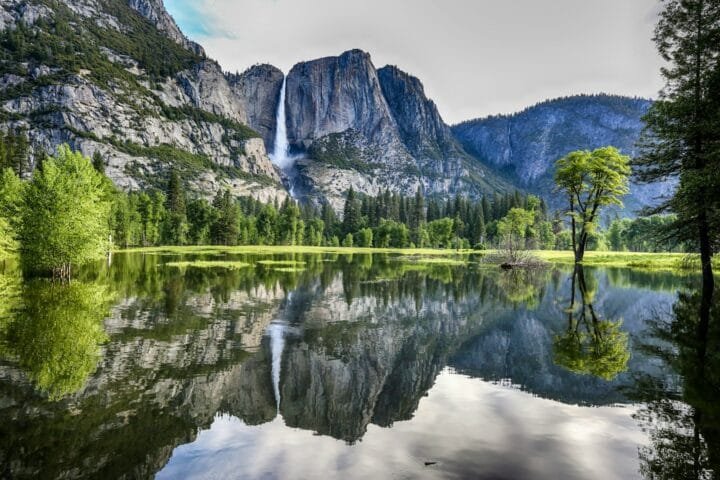Peatlands and wetlands play an important role in global warming because they influence the greenhouse gas cycle. But not all bogs are the same. Some bind carbon, while others release it into the atmosphere in the form of carbon dioxide and methane emissions.
The film follows the work of two research teams investigating the influence of moors and swamps on the climate. Greenhouse gases escape when permafrost moors melt. But swamp and mire areas that have been thrown out of balance, for example by plantation farming for the production of palm oil, can actually accelerate climate change.
Text from original video description.
Summary
- Finland has a large amount of wetlands that store enormous amounts of carbon, which could be released into the atmosphere as permafrost melts, accelerating climate change
- Melting permafrost in the Arctic has already released toxic materials, leading to Anthrax outbreaks and methane emissions that contribute to global warming
- Wetlands play a key role in regulating Earth’s carbon balance and absorbing carbon from the atmosphere, making them important for climate change mitigation




